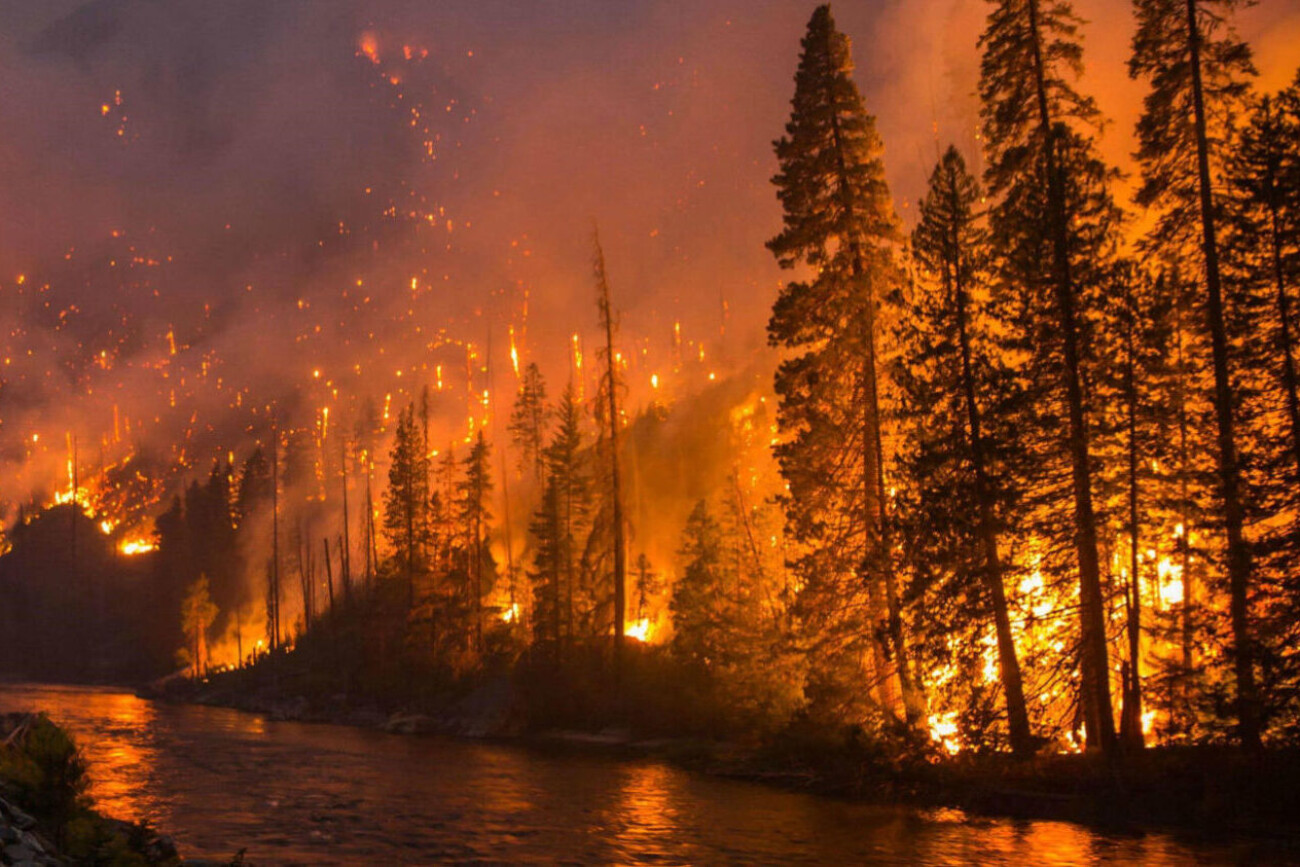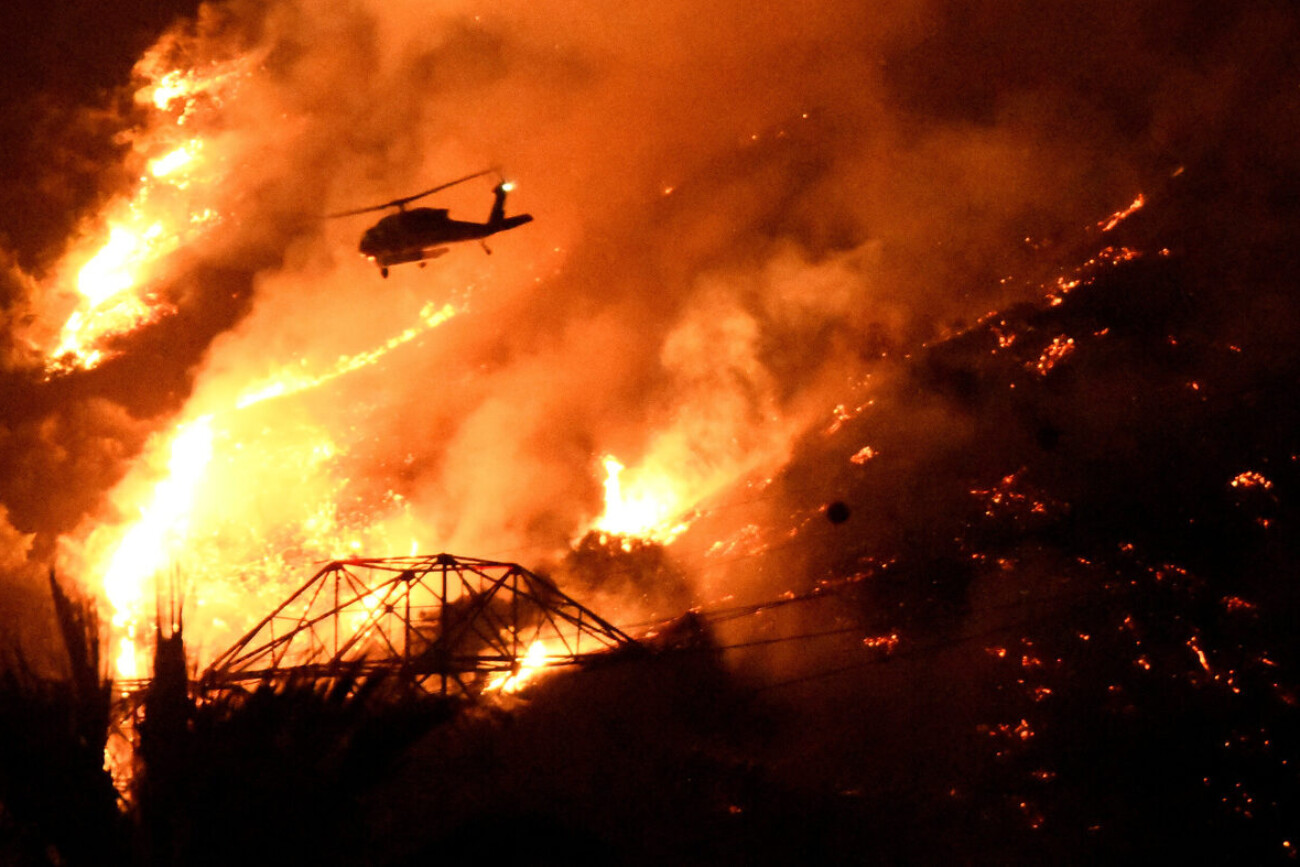Client
- ArtCenter College of Design
Date
- August - April 2019
Key Deliverables
- Research Insights
- Cargo Drone Design
- Logistics System Design
THE MISSION
In July 2018, I awoke one morning in Southern California to an alert on my smartphone: “Warning! Air quality alert, avoid outdoor exposure if possible.” At the time, I was aware that there was a raging wildfire in Northern California called the Mendocino Complex Fire, to date the largest wildfire in California history. Feeling the effects of a wildfire burning five hundred miles away truly shocked me.
Growing up in California, I have witnessed wildfires threaten more people and property every year. I wanted to do something about it, so I challenged myself to envision and design a contemporary solution as my masters’ thesis project at ArtCenter.
"How would I fight devastating wildfires, here in California?"
Designing the concept
The key to designing solutions for complex, unstructured problems, is a systems-level break down of the problem and a first principles approach to solving it. In the case of Californian wildfires, I triangulated the core problems by conducting interviews with local experts and cross-referencing existing literature against emerging trends. This approach highlights influential stakeholders and establishes the value criterion for evaluating new concepts.
To facilitate my early ideation process, I formed a co-design team composed of wildland and strike team firefighters. With their help, I could generate a wide array of concepts and get expert feedback on potential design directions in a rapidly iterative fashion. This process pointed to aerial firefighting as a prime opportunity to innovate and have the greatest potential impact.
With the goal of re-imagining what aerial firefighting could be, I benchmarked specifications against existing CalFire aircraft to establish technical requirements that significantly exceeded the status quo on cost, range and cargo capacity. Successful prototypes of emerging VTOL multi-rotorcraft and the fundamentals of flight, heavily influenced the drone’s operational abilities and aesthetics.
The final step in simulating a large scale operation, is including logistical system components and cyclical interactions that repeat until the larger goal of containing the wildfire is complete.
THE RESULTS
Introducing FireLine, a firefighting drone concept that uses swarm automation to contain wildfires. Each drone takes-off vertically from wildland highways and autonomously drops buckets of phos-chek. Powered by a 600cc internal combustion engine and eight electric propellers, the drones fly back-and-forth until the fire is contained: keeping firefighters safe, and wildfires small.















